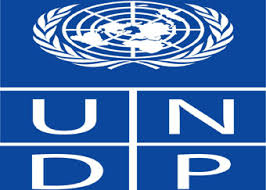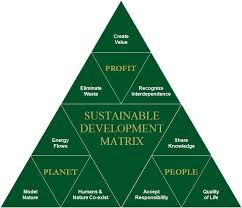Human development, as the word suggest, means development of human capabilities. It focuses on expanding human choices, upgrading their standard of living and access to larger number of resources. It also suggests more freedom, more rights and hence, more responsibilities. The process of human development ensures people to become ‘human asset’ for the economy. Hence, the term ‘human capital formation’ comes into play.
One of the most generally used measures for human development is Human Development Index (HDI). Originated by the United Nations under the United Nations Development Program (UNDP), the measure was introduced with the aim of looking at economic development as social upliftment rather than just being income-centric. It takes into account most of the relevant parameters that directly affect the process of human development. Education (literacy rate) and health, life expectancy and income index are the major ones. Also has the concept of Inequality-adjusted HDI come up recently, which considers inequality while calculating IHDI.
Human development has been considered both, the condition and consequence of economic growth. Therefore, economies, despite having budget deficits, invest in health and education, research development and other sectors to improve their demographic ratios and hence, their HDI. Improvement in HDI largely depends, firstly, on what proportion of the budget has been left out for public spending and secondly, on how funds have been allocated within the sectors itself. According to the IMF data, increase in public spending on education and health has led to improvements in various education and health indicators.
According to the Human Development Report, 2014, there has been a slow down in the process of human development, which is, most likely, a result of growing poverty, economic shocks and natural disasters. India ranks at 135 and is categorized as ‘low development’ country, which is an indicator for the economists to focus on policies that reduce income inequality, improve education and most importantly, are environment friendly. It is, however, unfortunate that expenditure on education and health taken together constitutes slightly higher than 4% of the GDP, according to Budget 2015-16. In this context, it is worth noting that the Education Commission (the Kothari Commission) long back had recommended that India must incur 6% of its GDP on education sector. Time will let us know if the funds allocated to the relevant sectors are sufficiently enough for expecting any kind of improvements in HDI, 2015.
Click here for government certifications





27 Comments. Leave new
Great piece of work!
Thanks a lot 🙂
After reading few articles here, I might start referring this site for accurate information.
Wow ! Thats great
Great article. You should start writing for columns.
Haha I’ll consider that !
Good job (y)
Thanks you 🙂
This is something new to me and your post helped me to understand it better!
Im glad it did
civil service aspirants should refer this one…. greattt it is….!!!
All the best for that and Thanks 🙂
something important and relevant i found here… thanks for the nice worl.
I feel that’s my duty. Thank you for reading it.
you have great ideas regarding human development.. you have considered rights with responsibilities, people often emphasize more on rights rather than responsibilities.
Yes. That is a fact but we must never forget, With rights come great power and with great power comes great responsibility.
very useful information.
Keep on writing.
Gudluck
Thanks you so much 😉
i feel for any economy to grow specially indian economy human capital formation is an essential requirement
Indeed true.
good job
Thanks Amber
keep going..
Thank you 🙂
Good!!
Its something new for me 😀
As dont mind from the title it was giving me a boring sensation but when i started reading this the content as wella s the presentaion was so nice was able to understand it very well in one go ::D
Good work 😀
The comparing of surveys and usage of that result in your blog made it double awesome 😀
Well articulated